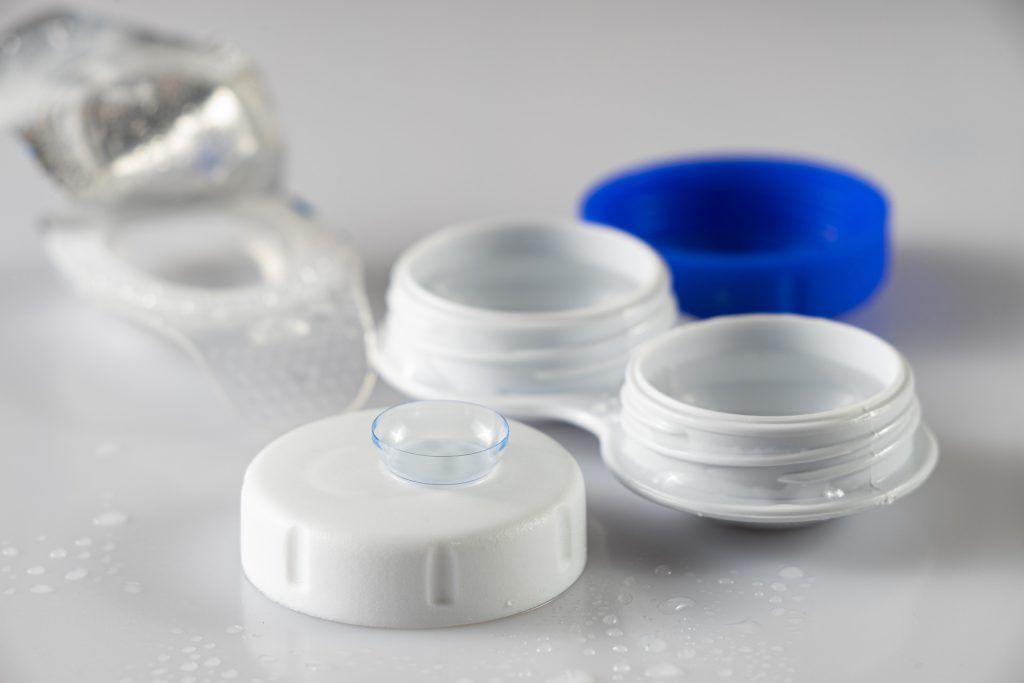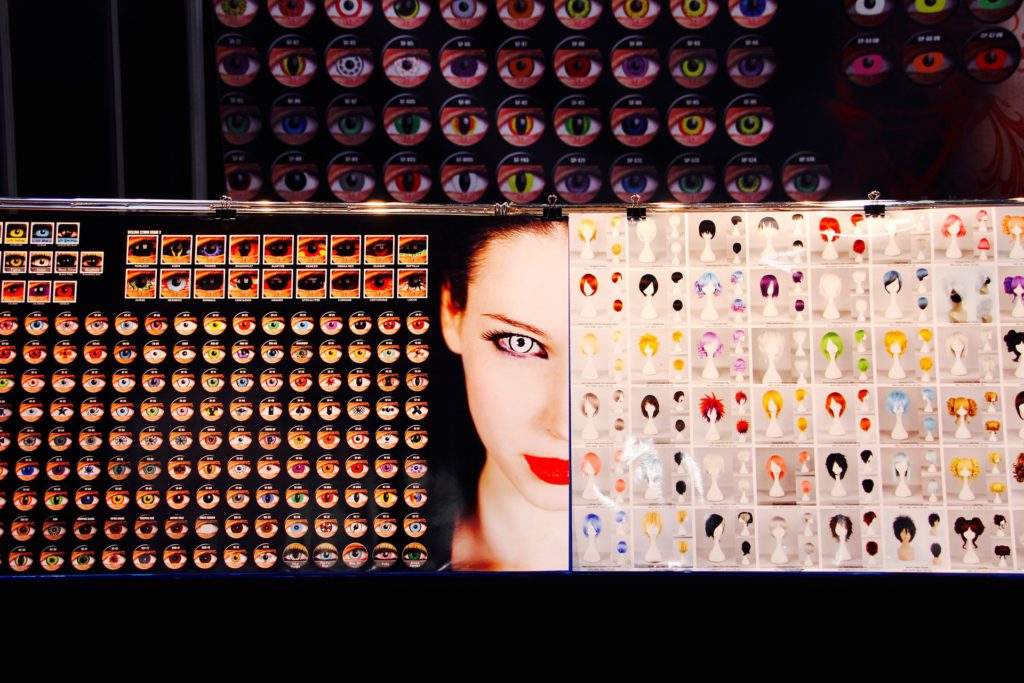Nearly 50% of Australians and 75% of the world’s population presents with some kind of vision impairment. As a result, corrective lenses are a big part of so many lives. The inconvenience of glasses is a tale as old as time. Many (if not all) report some kind of nuisance related to wearing glasses. Whether it’s because they won’t stay put for sport and work or because the wearer finds them physically unappealing, every single one of them has wished for 20/20 vision at some point. Enter contact lenses.

These nifty contraptions were invented in 1888 by Adolf Gaston Eugen Fick; though it’s safe to say we’ve somewhat upgraded since then. Originally the genius invention was made from actual glass, meaning those with lacklustre eyesight could don this relief for a mere few hours before they would become detrimental to one’s health. They were twice the size of today’s version and made to cover the whole eye. All in all, not a very comfortable experience. It is also speculated to be unlikely many could afford such a luxury at the time. In the 1900s the design was upgraded to a glass plastic combination with the glass in the centre around the cornea and surrounded by a plastic. As a result, people were now able to wear them for extended periods without discomfort or irritation. It is due to this that the popularity of lenses sored in the 1950s and 1960s.
In the years since, we have obviously (and luckily), improved on this to the extent it’s almost undetectable – unless of course they’re coloured contact lenses. Made purely of plastics, the lenses are worn in complete contact with the eye and can be easily applied at home by the wearer. Modern lenses start at an 8mm thickness, though will be thicker with stronger prescriptions. Unlike at the time of invention, lenses can now be worn all day and night if necessary. Most brands produce a single use option in which the wearer will wear the contacts for one day and then dispose of them. Some also provide a longer lasting option in which the wearer can remove the lens when desired and store them in a saline solution. These lenses will still have a limit on the number of times they can be worn. As a result of the disposable nature of contact lenses, glasses are still the cheaper option. However, they are still affordable, accessible and used by an estimated 15 million people worldwide.
While there are many brands of contact lenses and colored contact lenses, they all come in very similar packaging. For every pair there will be two separate compartments; one for each eye. Each package contains a single lens submerged in a saline solution. The packaging itself is airtight as oxygen can contaminate the saline and cause infections if it comes into contact with your eye. As the lens itself is made of high quality, medical grade plastics, they do not expire in a dangerous sense. However, the packaging and solution that preserves the plastic and lubricates the product can expire and cause damage. Every manufacturer is required to provide extensive testing of their packaging longevity and lifespan of the saline solution they are submerged in. For most brands this averages at around the 5-year mark. After this time frame, it is no longer a guarantee that the outer packaging is durable enough to prevent oxygen contamination. As a result, manufacturers are required to provide an expiry date and display this on every individual lens package.
Many consumers disregard the expiry date due to a misconception that it’s merely a precaution or disclaimer, or because believe the expiry is in reference to the contact itself and not the solution/packaging. If a consumer accidentally uses prescription or colour contact lenses after the expiry date, they are putting themselves at serious risk for repercussions. Unless they are removed immediately and safety directions are administered, it is very likely the wearer could develop a serious eye infection. Of the many associated bacterial and fungal infections observed, ‘bacterial keratitis’ or cornea ulcers is considered to be the most common. Symptoms can include; blurred vision, eye pain, eye redness, sensitivity to light, excessive tearing, and eye discharge. Whilst a quick visit to one’s eye doctor is likely to clear this up rather quickly, left untreated, infections can lead to permanent blindness and other complications. Ways to ensure this accident doesn’t occur is ensuring that you rotate your lens supply to ensure you are always using the oldest ones you have. Obviously, it is also very important that you pay attention to the expiry date before applying the product to your eyes.
When using non-prescription options such as Halloween contact lenses, consumers should be especially careful with their packaging and quality. These products can definitely add a bit of fun to a look or complete a costume. Options range from the simplicity of a change in eye color all the way to cat eyes or black out lenses. The rise in Cosplay has definitely increased popularity for the more extravagant and unusual variety of choices. However, novelty contact lenses are regularly acquired as an online purchase, increasing likelihood of the product being imported. This can mean the company is not required or monitored to be following strict regulations imposed on prescription and mainstream providers. Many choose this option as it is cheaper and easier to access. You should always do your research on the manufacturer and ensure that you are respecting expiry dates before inserting the product into your eye. Furthermore, it is increasingly common that popular prescription brands will offer these novelty options in a non-prescription option making it a much safer and more regulated option.
If you are a devil may care individual who pays no heed to the warnings imposed by the likes of an expiry date on your contact lenses, this is your wake-up call. If you value your vision, and don’t want a nasty infection in your eyes, please check the dates listed on your lenses before you apply them to your eyes!






